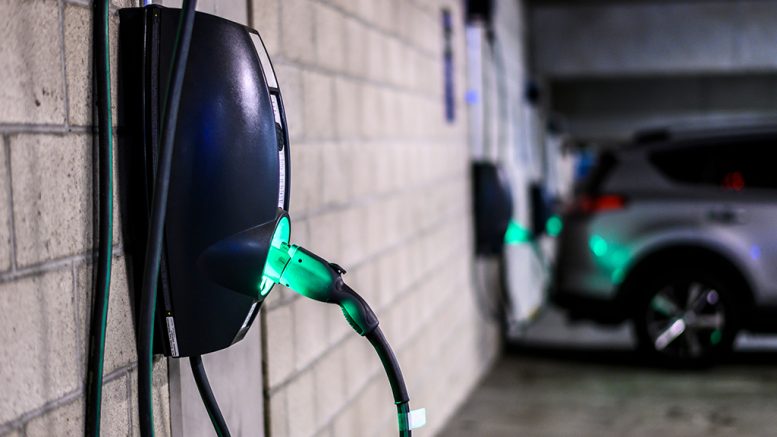The international mining industry is in the early stages of the biggest collective boost it has received for almost 50 years. Arguably, the most recent equivalent was on August 15, 1971, when President Nixon declared that the price of gold would be allowed to float free.
Although the U.S. Government did not finally remove the dollar’s statutory link to gold until October 1976, the international adherence to a ‘gold standard’ had been weakening since the outbreak of the Great War in 1914. Gold was revalued from US$20.67 per ounce to US$35 per ounce in 1934, and an alternative ‘gold-exchange standard’ was introduced after WWII (under the Bretton Woods agreement) whereby countries fixed their exchange rates relative to the U.S. dollar, and central banks (not individuals) could exchange dollar holdings into gold at the fixed official rate.
The price of gold has soared in the five decades since President Nixon’s announcement, and more than half of the companies in the mining sector are now involved in the exploration, development and production of this precious metal.
I don’t believe that this is a helpful state of affairs for the long-term health of the mining industry. Fortunately a far more important inflection point is upon us. It is based on something first envisaged by one of America’s founding fathers over 270 years ago, was invented by an Italian, and then enhanced in the early 19th century by a swathe of scientists, including a Scotsman, a Welshman and two Englishmen.
Defined (in the Oxford Dictionary) as “a container consisting of one or more cells, in which chemical energy is converted into electricity and used as a source of power,” the battery might be key to widespread acceptance of the mining sector.
There is burgeoning demand for the metals from which batteries are formed. This appetite is driven by the near-universal acceptance of a need to reduce global carbon emissions and the resultant booming manufacture of electric vehicles.
The term ‘battery’ was coined in 1749 during experiments with electricity by one of the U.S.’s founding fathers, Benjamin Franklin (1706-1790). However, the inventor of the battery (as we understand it today) was the Italian Alessandro Volta, who in 1791 was the first to observe the electrical phenomena caused by two different metals joined together by a moist intermediary.
In 1800, Volta invented the first true battery (the voltaic pile), which consisted of copper and zinc discs separated by a layer of cloth soaked in brine. This original cell had several practical problems, however, and was further developed during the first half of the 19th century.
A Scotsman (William Cruickshank) and two Englishmen (William Sturgeon and John Daniell) solved three problems with the voltaic pile (leaking electrolyte, impurities in the zinc and hydrogen bubbles, respectively). A further improvement to the so-called Daniell cell was invented in 1837 by the physician Golding Bird, and used at Guy’s Hospital in London. In 1839 a Welshman, William Grove, produced a cell (utilising a zinc anode in dilute sulphuric acid and a platinum cathode in concentrated nitric acid) that provided nearly twice the voltage of the Daniell cell. This resulted in it becoming the favoured battery for the American telegraph networks in 1840-60.
As important as these scientists were, the father of electricity is widely regarded to be Michael Faraday (1791–1867). Although he received little formal education (his father was a blacksmith), Faraday was one of the most influential scientists in history.
Faraday was the first to produce an electric current from a magnetic field, and demonstrated the relationship between electricity and chemical bonding. He also discovered the effect of magnetism on light waves.
In 1821, Faraday demonstrated electromagnetic rotation (using a vertically suspended wire above a magnet), and ten years later discovered electromagnetic induction (the generation of an electric current due to a varying magnetic field), which laid the foundation for development of the electric generator.
Indeed, Faraday was apparently one of Albert Einstein’s three scientific heroes (all British). According to a book by Australian Dr Robyn Arianrhod, entitled Einstein’s Heroes (published 2004), the other two images that hung on Einstein’s study wall were Isaac Newton and James Maxwell. The latter was a Scotsman who was the first to use mathematics to unlock physical phenomenon (including the secrets of electromagnetism, the fundamental nature of light and the existence of radio waves).
The inventor of the first battery-powered electric motor is disputed. Although Thomas Davenport was the first American to create a useable electric motor (in 1834), the technology in Europe was also well advanced. For example, in 1828 the Hungarian Anyos Jedlik had invented an early type of electric motor, and six years later the Prussian Moritz Jacobi also presented a motor.
In 1835, two Dutchmen (Professor Sibrandus Stratingh and his assistant Christopher Becker) demonstrated a practical application by building a small electric cart (the three kg model was able to run for over 15 minutes). In 1840, Stratingh announced his intention to build a real electric car, but the venture failed (not helped by his death in 1841).
Over 180 years later, I suspect that the emergence of electric vehicles is going to be more important to mining than the freeing of the gold price in the 1970s. Battery metals might become crucial to the regard in which the public holds the mining industry. We can show that mining has a modern purpose; the industry now needs to focus on explaining this to a currently unbelieving, uncaring, public.
— Dr. Chris Hinde is a mining engineer and the director of Pick and Pen Ltd., a U.K.-based consulting firm he set up in 2018 specializing in mining industry trends. He previously worked for S&P Global Market Intelligence’s Metals and Mining division.


Be the first to comment on "The View from England: Batteries are a welcome spark for the mining sector"